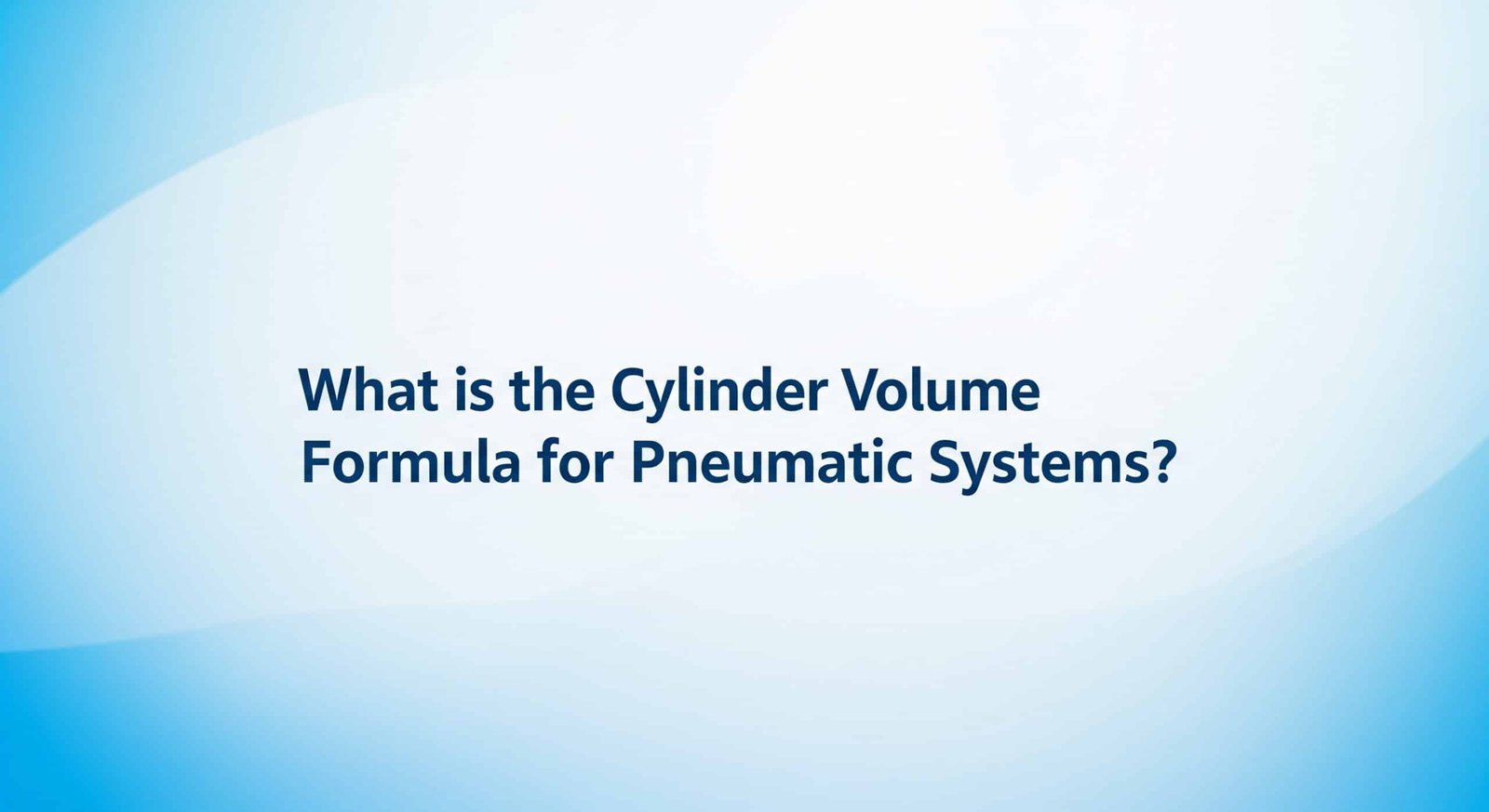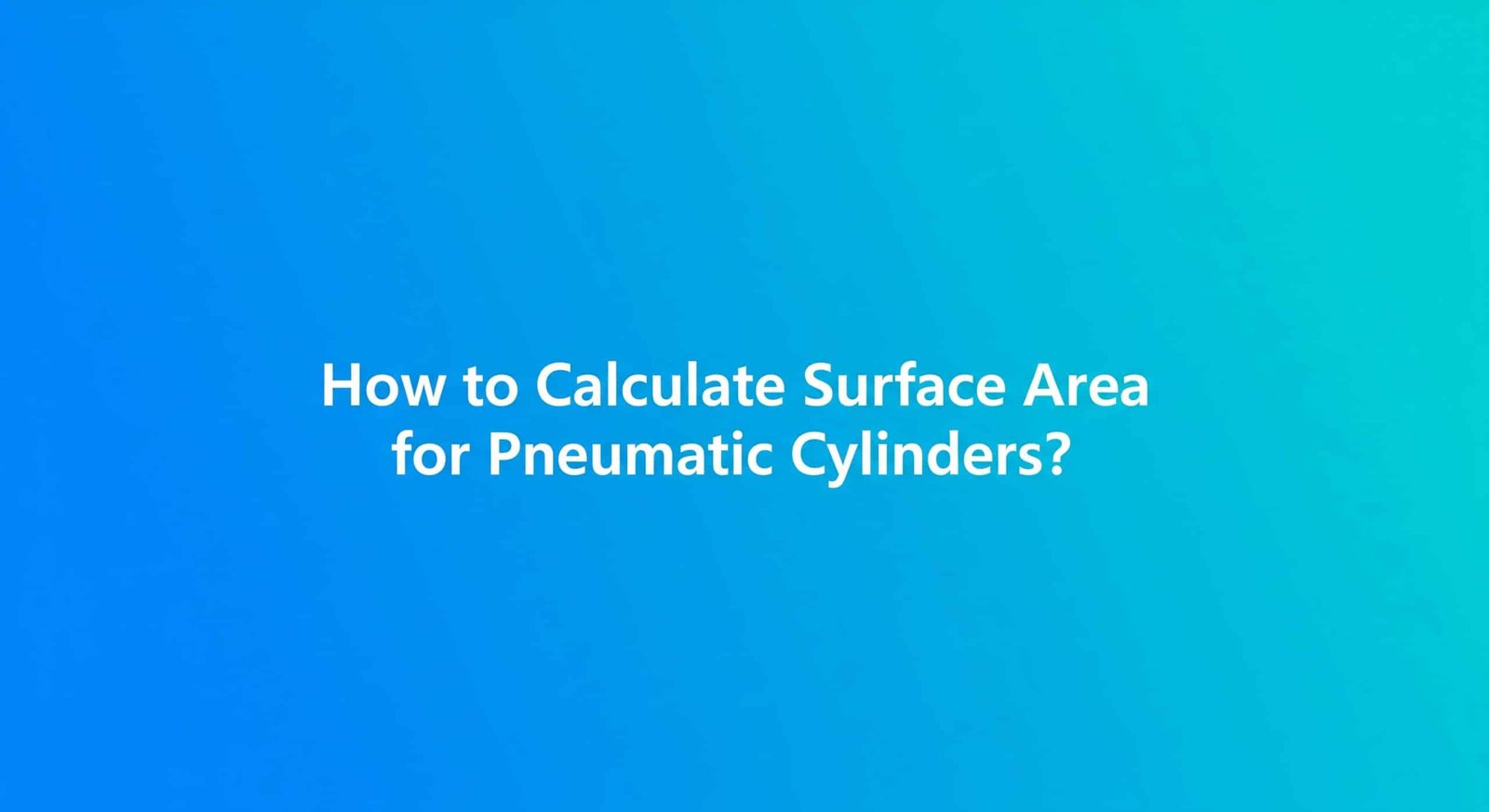
What is the Cylinder Formula for Pneumatic Systems?
The fundamental cylinder formula is F = P × A, where Force equals Pressure times Area. This basic equation determines cylinder output force for any pneumatic application.
Explore the future of pneumatics. Our blog offers expert insights, technical guides, and industry trends to help you innovate and optimize your automation systems.

The fundamental cylinder formula is F = P × A, where Force equals Pressure times Area. This basic equation determines cylinder output force for any pneumatic application.

The cylinder volume formula is V = π × r² × h, where V is volume in cubic inches, r is radius, and h is stroke length.

Surface area calculation for cylinders uses A = 2πr² + 2πrh, where A is total surface area, r is radius, and h is height. This determines heat transfer and coating requirements.

Yesterday, I helped Marcus, a design engineer from a German manufacturing company, fix surface area calculations for their pressure vessel project. His team calculated only lateral area, missing 40% of total surface area needed for coating estimates. After implementing the complete formula, their material estimates became accurate.

Circumference equals π times diameter (C = πd) or 2π times radius (C = 2πr), providing the distance around any circular cross-section of your rodless cylinder.
Designing and Developing.
We Engineer Pneumatic Excellence - Innovative, Versatile, Empowering.
Our dedicated pneumatic specialists focus on providing premium pneumatic products
to ensure optimal functionality for your systems.
Contact Us
Xuezhai Industrial Zone, Liushi Town, Yueqing City, Zhejiang Province, China
© 2025. All Rights Reserved.Powered by Bepto
